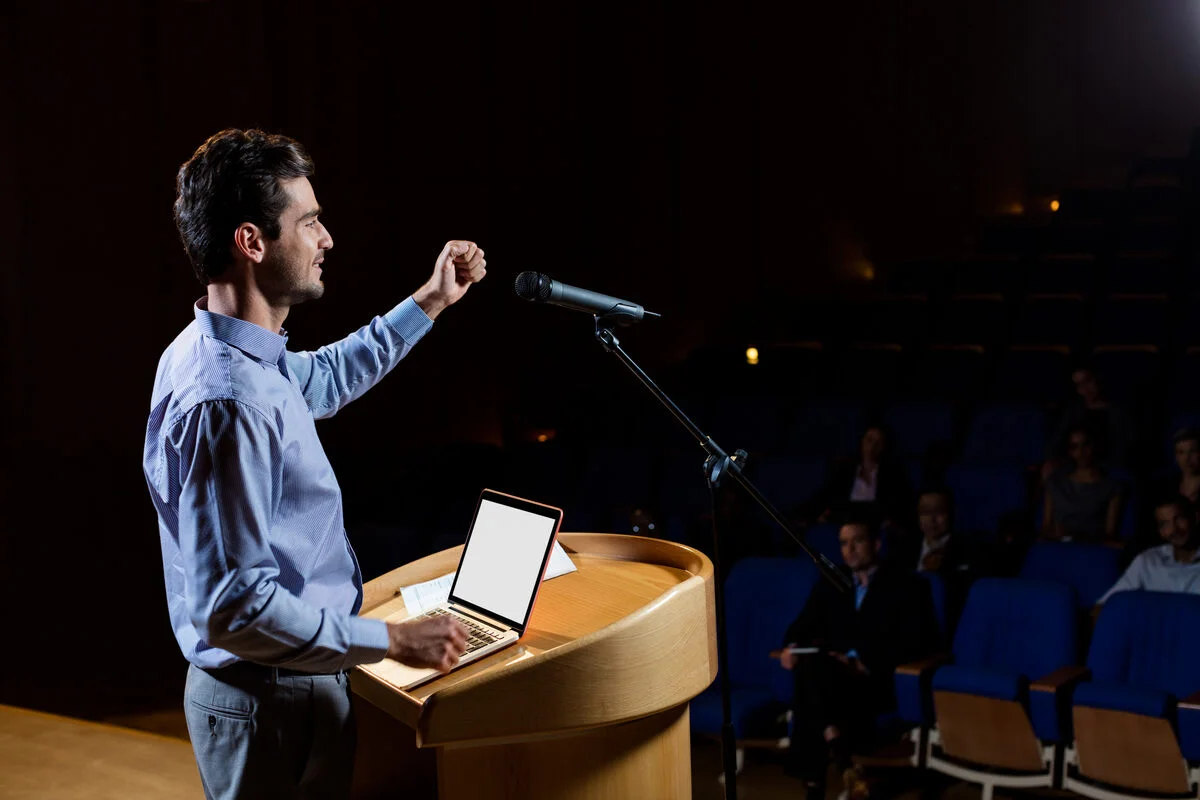The tasks of public speaking coaches are also rather diverse, and they help speakers from different levels including amateur ones up to experts who strive for becoming professionals in the art of eloquence and good oral performance.
Some key responsibilities of a public speaking coach include:
When a coach takes on a new client, the first step they take is to evaluate the current strengths and weaknesses of public speaking. Many people are afraid of public speaking. Due to practice under constructive guidance from a good public speaking coach hong kong, speakers courageously become afraid of nothing.
Although good speakers are capable of creating engaging content for their speeches, new presenters often struggle with identifying effective topic areas, defining them accurately, outlining key elements to develop into the speech and integrating stories or data as supporting points to main ideas. The coach with a lot of experience functions as a guiding board on how to develop an effective speech.
Good delivery skills are essential in establishing the audience connection and interaction through eye contact, gestures, voice modulation with sound pitch changes. Effective tools could include mirroring what was witnessed or heard, recording replay, and repeating complicated parts of the speech until they are learned by rote.
Another part of being coached is ensuring that speeches match particular audience needs, interests, backgrounds, and contexts. Adapting comes from practicing speeches that are personalized with hypothetical groups in mind.
While not every speech will require visuals, learning to introduce visual aids seamlessly is essential for making messages stick out. Recommendations are given on the most effective types of visuals for different situations and how to create them to look good. The coach helps coordinate the use of visuals along with speech content.
After speeches or sets of practice sessions, the coach sets aside time to reflect with the speaker on areas of recent improvement. Positive feedback about aspects that have worked well is given, and strategies are discussed for better results. Coaches may also highlight areas where more effort is needed constructively.
From books about mastering public speaking to tutorials, videos, and courses, speakers can access and use a lot of material alongside coaching. The experienced coach points those they work with towards what references would be most helpful.
One should establish speaking goals and plan for improving one’s speech. To achieve something within a specified period, the speaker and the coach work together to design appropriate targets that are both inspiring and attainable. One can move ahead in stages if one breaks down the progress into several milestones. The growth objectives are approached by drafting strategic plans with exercises targeting weak areas and speeches aligned with goals.
Ongoing support. Public speaking coaching only terminates after a few sessions. Continual check-ins complemented by the provision of feedback ensure that progress is being made, hence making one accountable for the long-term improvement that comes with repetition. Regular assistance ensures growing mastery supplants the initial lack of confidence about public speaking.
Conclusion
Public speaking coaches evaluate skill levels, instill self-assurance, improve content and delivery skills, guide speeches fittingly to their audiences, use visual aids effectively in teaching clients about evaluation methods, set goals through reflecting on progress as well as directing readers to other sources of support for their future search of copyright-free materials in designing slideshows accordingly to realize continuous development/progressive growth plans and offer continuing assistance respectively.
